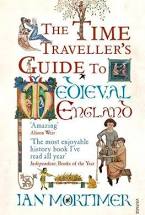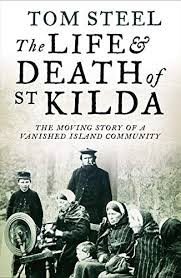The Time Traveller's Guide to ... England

I read two of Ian Mortimer's Time Traveller's Guides: to Medieval Engliand (2008) and to Elizabethan England (2012). At first, I wanted to read about Elizabethan England since I’m interested in the Tudors, in the Elizabethan Era and in Shakespeare. But I realized that much of the information about England in medieval times would still be true in Elizabeth’s reign. So it seemed to make more sense to read the earlier Guide first, and then get a better idea of how life – and England – had changed. These are principally history books, but with quite a difference. Mortimer writes as if the reader were a tourist who will visit Medieval and Elizabethan England. He addresses the reader directly; for example, in describing the approach to the city of Exeter (in the Medieval book) he writes,” It is the cathedral which you will see first. As you journey along the road you come to a break in the trees and there it is, massive and magnificent, cresting the hill top in the morning sun


